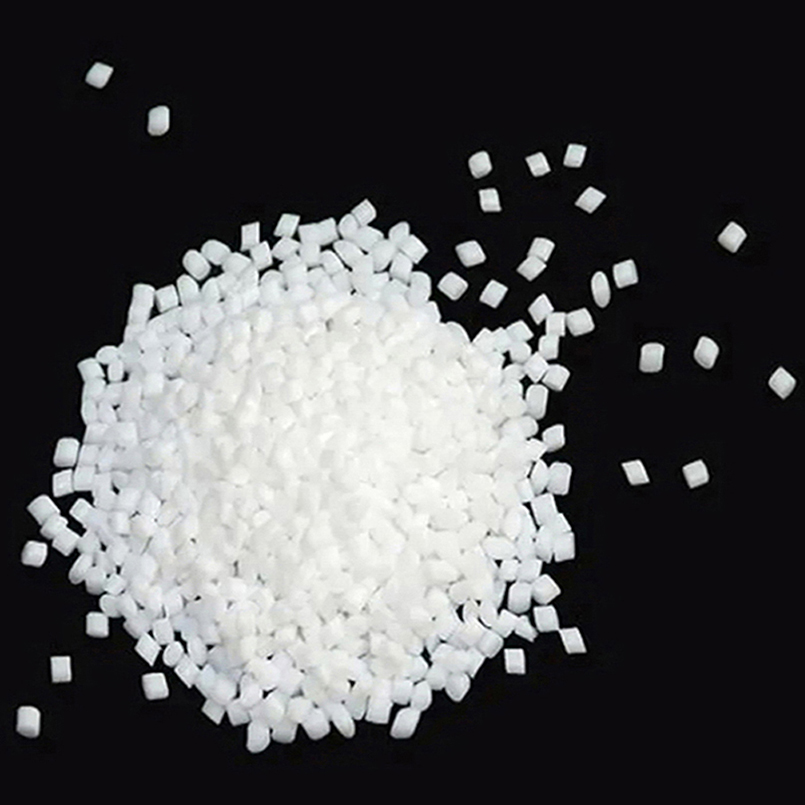Last week, to mark the 20th anniversary of its biggest research facility outside of Germany, Volkswagen Group revealed a classic VW Bus that had been updated with cutting-edge technologies they believe will shape the future of the automotive industry. Focusing on enhancing strength while reducing weight, Autodesk partnered with Volkswagen's newly named Innovation and Engineering Center California (IECC) to reimagine various components of this electric-powered showcase vehicle.
"We're blending a timeless Volkswagen design with fresh concepts and innovative solutions from our collaborators like Autodesk," said Nikolai Reimer, the executive director of IECC. "It’s an exhilarating chance to explore what we can accomplish and to craft a cool showpiece as a nod to everything we stand for."
One of the crucial elements in designing electric vehicles is identifying opportunities for weight reduction since the lighter a car is, the less energy it needs to move forward. Increased efficiency in energy usage translates into longer driving ranges per charge, which is among the top factors consumers consider when evaluating electric vehicles.
Enter generative design.
One of the standout advantages of generative design in Fusion 360 is the capability to fabricate lighter parts by minimizing mass and material usage without compromising high performance standards or disregarding engineering limitations.
The IECC team applied generative design to the wheels of their 1962 Type 2 11-window Microbus, thoroughly rethinking the structure. Lighter wheels not only decrease the overall vehicle weight but also reduce rolling resistance on the tires. These new wheels are 18% lighter than standard ones, and the entire development process from design to production was shortened from 1.5 years to just a few months.
"With generative design, it's possible to create structures that we, as human designers and engineers, would never be able to envision otherwise," said Andrew Morandi, senior product designer at Volkswagen Group. "One of my biggest surprises was realizing just how much material you can remove from a conventional wheel structure. When the final rims arrived at our location, it felt like Christmas morning. Everyone on the team was thrilled to see how they turned out."
Generative design was also employed on the Microbus project to revamp the steering wheel, the support structure for the rear bench seating, and the external side mirror mounts.
"A steering wheel isn't particularly heavy, but it’s the main point of contact for the driver. People aren't used to touching mounts or supports," explained Erik Glaser, principal product designer at Volkswagen Group. "We wanted to incorporate a generatively designed object in a spot where people would interact with it, because not only is it intricate and visually appealing, but it can also convey just how robust these parts are."
Beyond aiding in design exploration and creating lighter, stronger parts, generative design technology offers faster workflows that enable designers to make better-informed decisions.
"I view this project as a test run with generative design. We're gauging its potential and demonstrating what it could mean for the future," said Morandi. "In about 10 to 15 years, I hope we'll see entire vehicle frames being generatively designed. This could potentially bring about a complete transformation in automotive manufacturing processes."
Last spring, General Motors utilized generative design in a proof-of-concept project to develop a lightweight seat bracket prototype for future electric vehicles. The technology is also showing promise for the future of space travel; last November, NASA's Jet Propulsion Laboratory showcased a generatively designed interplanetary lander prototype capable of transporting payloads over 350 million miles away from Earth.
"Right now, we don't fully grasp the full potential of generative design. In the coming years, we need to figure out how human engineering combined with artificial intelligence can lead to lighter, smarter, and more sustainable products," said Reimer. "This will not only transform the products we create but also the way we approach our work."
PA6 is a kind of nylon material. Nylon (Nylon), Chinese name polyamide, English name Polyamide (referred to as PA), is the general term for thermoplastic resins containing repeated amide groups on the main molecular chain.
PA6 characteristics: This material has the most superior comprehensive performance, including mechanical strength, stiffness, toughness, mechanical shock absorption and wear resistance. These properties, combined with good electrical insulation and chemical resistance, make nylon 6 a "general purpose" material for the manufacture of mechanical structural and serviceable parts.

Nylon 6,Nylon6 Tyre Cord Fabric,Nylon Pa6 ​,Polyamide Nylon 6
HAIYANG TECHNOLOGY CO.,LTD , https://www.hypa6.com